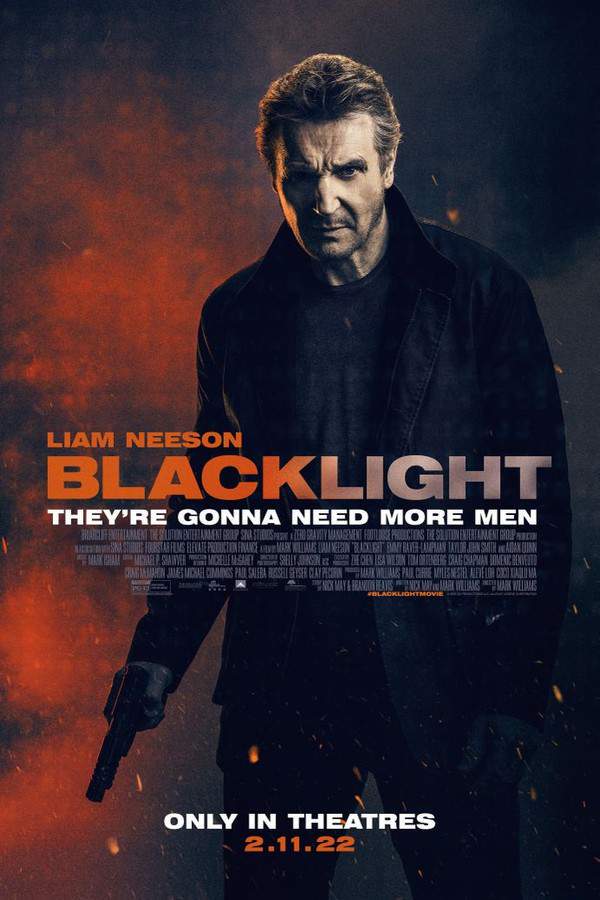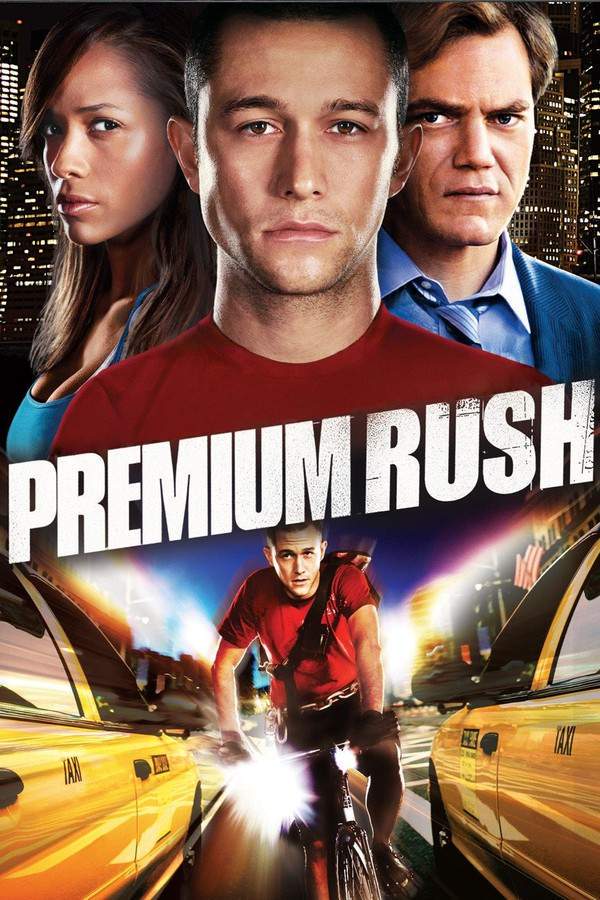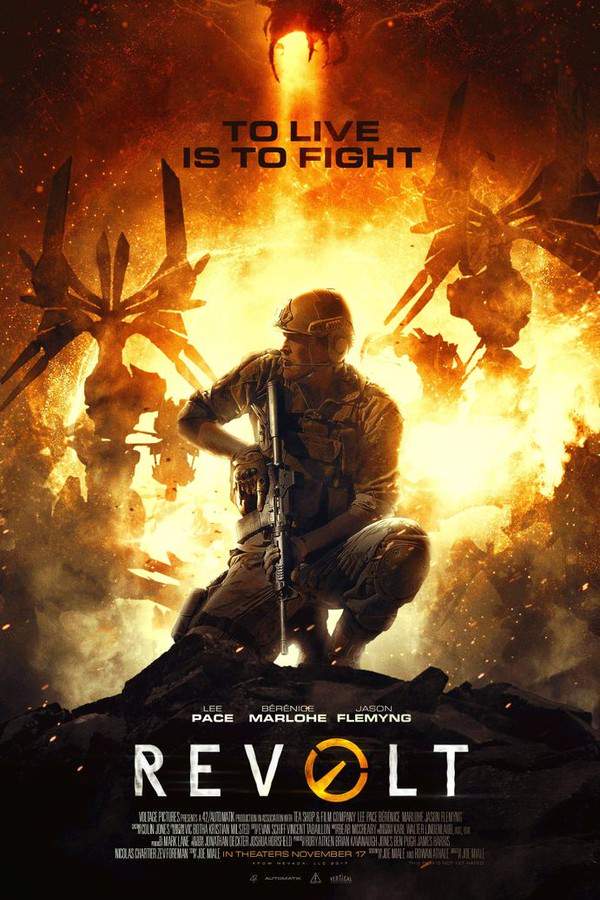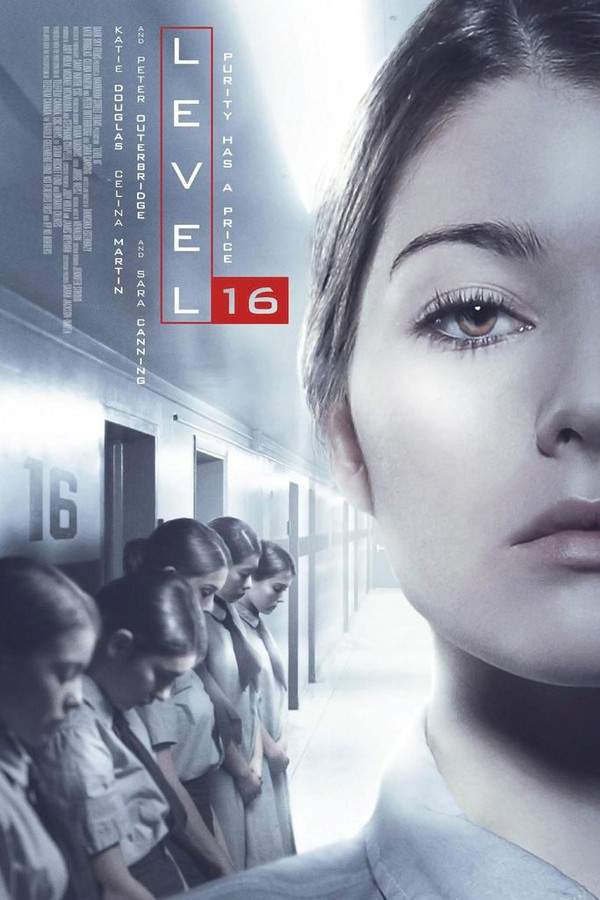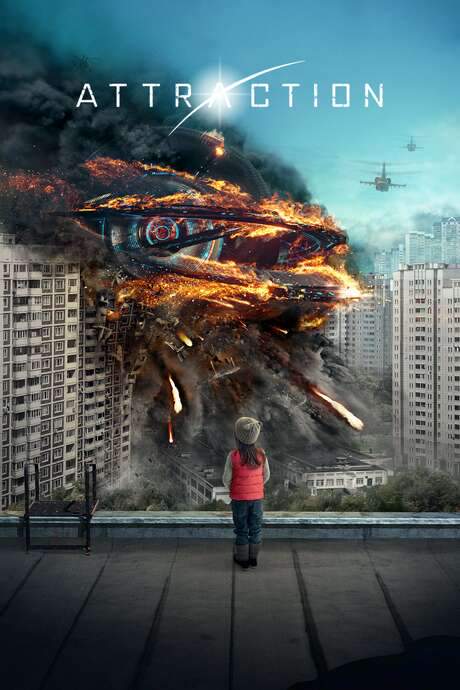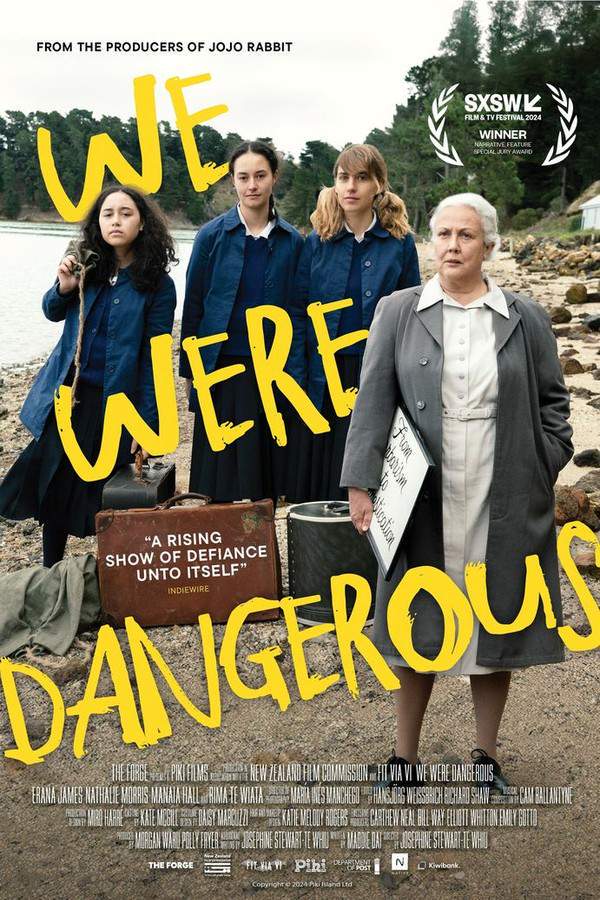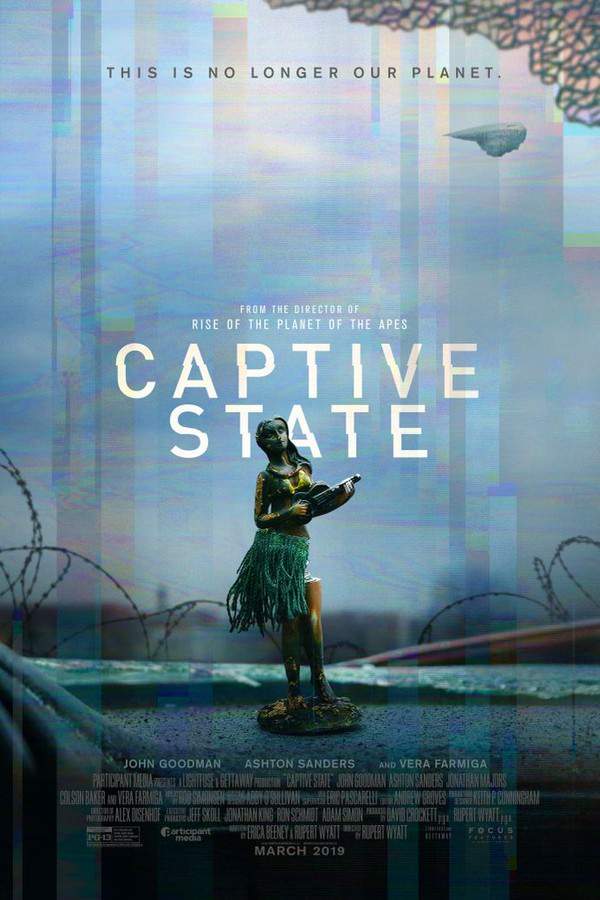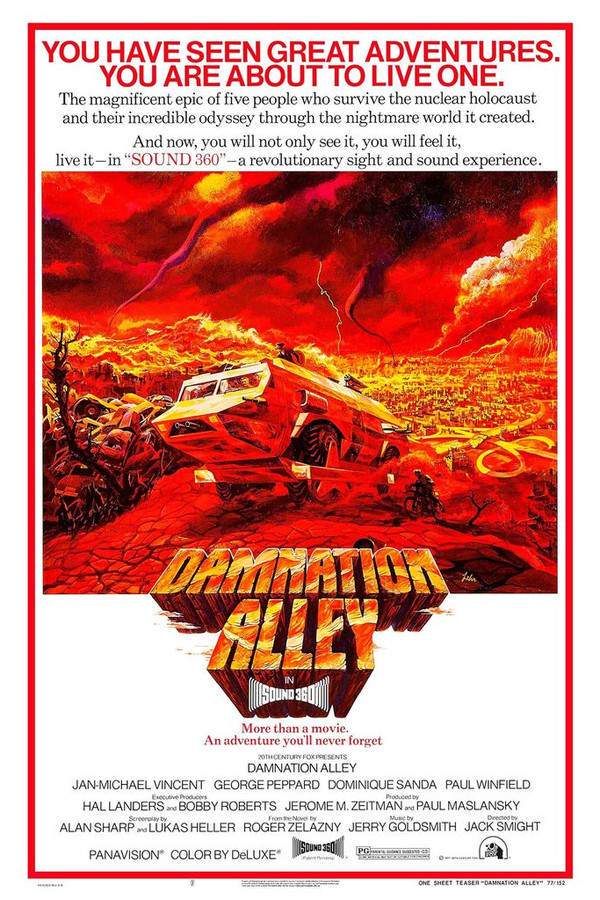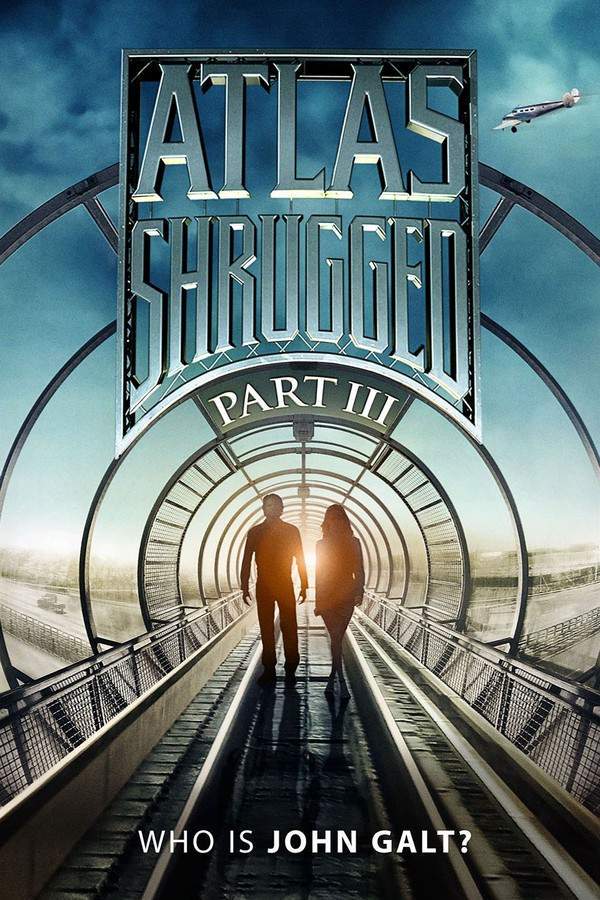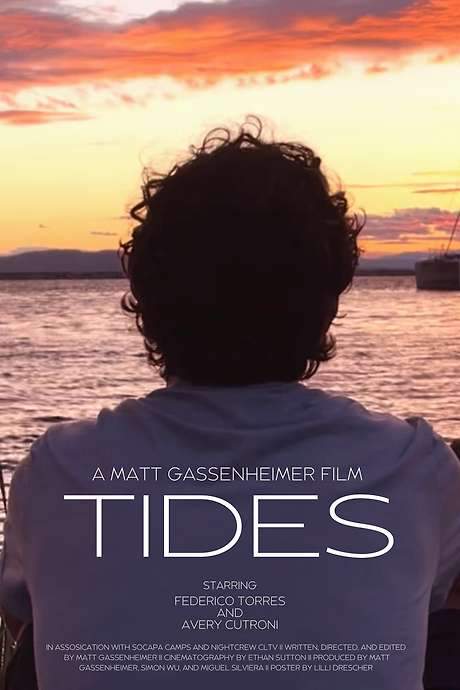
The Speed of Thought
Year: 2011
Runtime: 94 mins
Language: English
They know everything but the truth. Joshua Lazarus (Nick Stahl), a telepath raised in an NSA foster home, works for the government using his abilities. The agency claims his powers are a side effect of Widmann’s Disease, destined to drive him insane and kill him. When he meets a woman with similar abilities (Mía Maestro) who shows no signs of the disease, he must confront the agency’s deception and his fate.
Warning: spoilers below!
Haven’t seen The Speed of Thought yet? This summary contains major spoilers. Bookmark the page, watch the movie, and come back for the full breakdown. If you're ready, scroll on and relive the story!
The Speed of Thought (2011) – Full Plot Summary & Ending Explained
Read the complete plot breakdown of The Speed of Thought (2011), including all key story events, major twists, and the ending explained in detail. Discover what really happened—and what it all means.
Joshua Lazarus is a scoper, a telepath who can listen to people’s thoughts by entering their inner landscapes. In a world where there are only a few such others, every scoper begins life under the weight of a medical misdiagnosis—the voices in their heads are other people’s thoughts, which trained minds learn to filter, interpret, and sometimes exploit. Yet the gift comes with a built‑in danger: without fail, a scoper goes mad by the age of twenty-nine. The film opens on Joshua Lazarus on his twenty‑eighth birthday, standing on the cusp of that looming deadline and the fragile line between clarity and insanity.
On a government assignment in Uruguay, the mentor—Sandy—often loans out his students to the NSA as a way to fund research into the syndrome that destabilizes the mindreaders. It is in this setting that Joshua Lazarus encounters a kindred spirit, Anna Manheim, a fellow telepath from abroad. Through their shared ability to “open up” to one another, they instantly exchange memories, secrets, and vulnerabilities, moving from tentative familiarity to a profound, almost miraculous love. For two people who live with the constant risk of exposure, this closeness feels like a forbidden gift, a private space where there is no room for the usual safeguards of trust and privacy that love typically requires.
They dream of spending their few remaining days together, but the shadows of the NSA darken every plan. Joshua understands that his very existence as a scoper makes him a security risk, perpetually watched and controlled. Still, the couple dares to plot an escape, hoping to outrun the surveillance and carve out a life beyond the government’s reach. The plan gains momentum with the reluctant help of his father, a figure he has not seen since being handed over to Sandy two decades earlier, and the urgency of their love adds a fierce determination to their scheme.
The tension erupts when the NSA is tipped off, and Joshua Lazarus is captured before the escape can fully unfold. In a stunning turn, the young telepath taps into new abilities he has begun to develop, a dangerous and hopeful evolution that allows him to break free from containment. Yet the escape comes at a price: Anna Manheim is seized and imprisoned at a hidden compound—the very place where Joshua Lazarus grew up, deepening the personal stakes of the mission and the sense of a life that once promised something different.
Left alone, Joshua Lazarus returns to the home base with a renewed, and increasingly urgent, drive to rescue Anna Manheim. What he discovers at the compound reshapes everything—truths about the world his kind inhabit, the powers they wield, and the cost of a life lived under constant watch. The confrontation that follows is nothing short of dramatic, a decisive clash that reframes the future for all scopers and hints at a path beyond the fear that has defined their generation.
In the end, the story threads together themes of memory, autonomy, and the price of connection. It stays rooted in the moral complexity of a world where mind-reading is both a gift and a threat, where love becomes a radical act of trust, and where the quest for freedom forces a reconsideration of what it means to belong. The characters navigate a landscape of surveillance and secrecy, and through their struggles, the film opens a door to a new possibility for the scoper community—one where intimacy does not have to come with a fate sealed by the shadows of the mind.
Last Updated: October 01, 2025 at 12:51
Explore Movie Threads
Discover curated groups of movies connected by mood, themes, and story style. Browse collections built around emotion, atmosphere, and narrative focus to easily find films that match what you feel like watching right now.
Urgent Government Thrillers like The Speed of Thought
Racing against a ticking clock to expose a life-altering conspiracy.If you liked the high-stakes race against time in The Speed of Thought, you'll enjoy these movies. This section features similar fast-paced sci-fi and thriller stories where characters expose deep government conspiracies under immense pressure, combining action with a desperate quest for truth.
Narrative Summary
The narrative follows a character who uncovers a foundational lie within an organization they serve. This revelation triggers a desperate flight and investigation, pitting their wits and survival skills against a vast, controlling system. The plot is propelled by a tangible deadline—be it a medical condition, an impending attack, or an assassination—forcing rapid, high-tension action.
Why These Movies?
These films are grouped by their high-intensity, fast-paced nature and a shared theme of institutional betrayal. They create a cohesive experience of anxiety and urgency, centered on a protagonist's race to expose the truth and save themselves or others from a fate engineered by the very powers meant to protect them.
Dystopian Sci-Fi Romances like The Speed of Thought
A dangerous love becomes the key to survival and rebellion.Explore movies similar to The Speed of Thought that blend high-stakes sci-fi with a core romantic storyline. These films feature characters finding love in a controlled world, where their connection fuels a rebellion against a deceptive and powerful system, creating a heavy emotional weight with a hopeful resolve.
Narrative Summary
The central narrative revolves around two individuals who find each other within a rigid, often dystopian, system. Their bond is itself an act of defiance, and it unlocks a deeper understanding of the system's lies. The love story is inextricably linked to the plot's central conflict, providing both the emotional motivation and the means for the characters' escape or rebellion.
Why These Movies?
This thread groups movies that share a specific emotional mix: the high romance score and heavy emotional weight of a fraught relationship, combined with the tense, high-intensity atmosphere of a sci-fi thriller. The romantic arc is essential to the plot, driving the action and providing a hopeful counterpoint to the bleak setting.
Unlock the Full Story of The Speed of Thought
Don't stop at just watching — explore The Speed of Thought in full detail. From the complete plot summary and scene-by-scene timeline to character breakdowns, thematic analysis, and a deep dive into the ending — every page helps you truly understand what The Speed of Thought is all about. Plus, discover what's next after the movie.
The Speed of Thought Timeline
Track the full timeline of The Speed of Thought with every major event arranged chronologically. Perfect for decoding non-linear storytelling, flashbacks, or parallel narratives with a clear scene-by-scene breakdown.

Characters, Settings & Themes in The Speed of Thought
Discover the characters, locations, and core themes that shape The Speed of Thought. Get insights into symbolic elements, setting significance, and deeper narrative meaning — ideal for thematic analysis and movie breakdowns.

The Speed of Thought Spoiler-Free Summary
Get a quick, spoiler-free overview of The Speed of Thought that covers the main plot points and key details without revealing any major twists or spoilers. Perfect for those who want to know what to expect before diving in.

More About The Speed of Thought
Visit What's After the Movie to explore more about The Speed of Thought: box office results, cast and crew info, production details, post-credit scenes, and external links — all in one place for movie fans and researchers.







